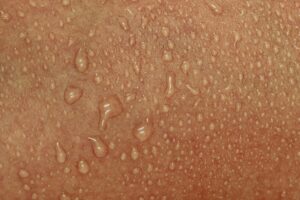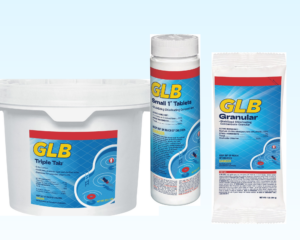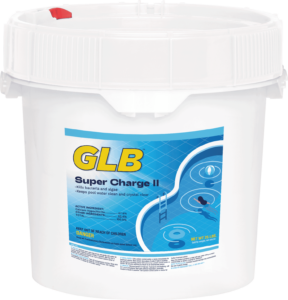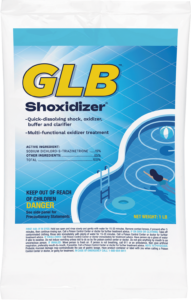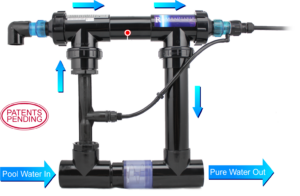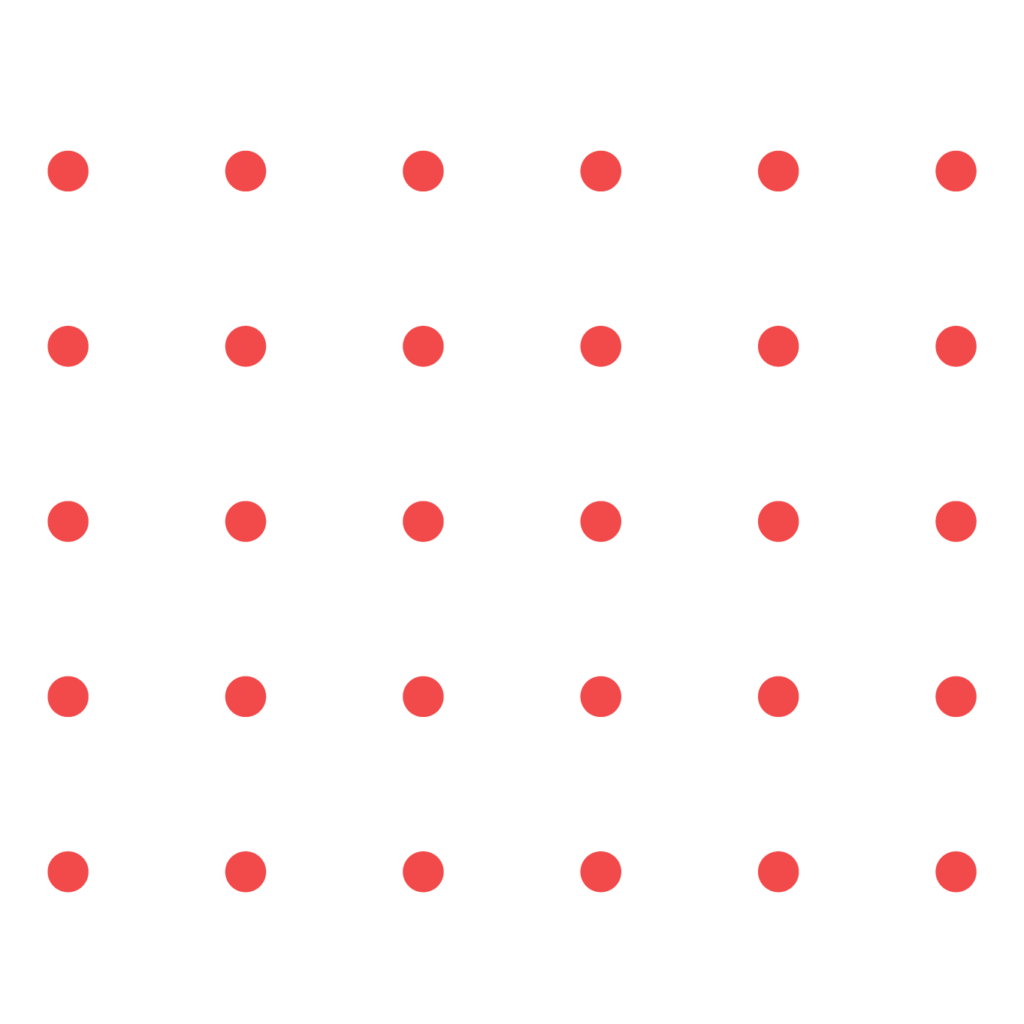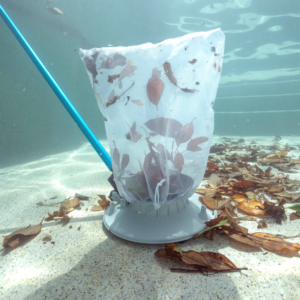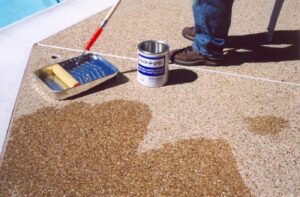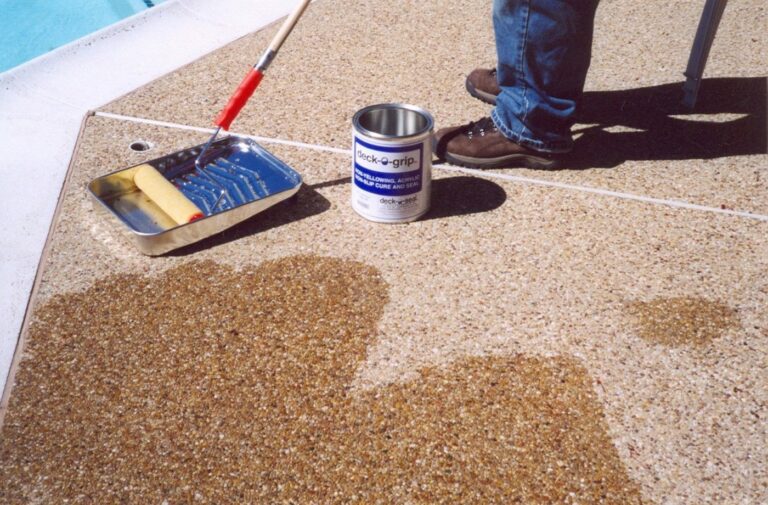Chloramines are a common issue in water treatment and swimming pool maintenance. These compounds are formed when chlorine, commonly used as a disinfectant, combines with ammonia or organic nitrogen compounds. Chloramines can cause various problems, such as eye and skin irritation, unpleasant odor, and reduced disinfection effectiveness.
Formation and Types of Chloramines
Chloramines are formed through a chemical reaction between free chlorine and ammonia or organic nitrogen compounds present in water. The reaction occurs in two stages: monochloramine formation (NH2Cl), followed by dichloramine (NHCl2) and trichloramine (NCl3) formation. Trichloramine is the most stable and pungent form of chloramines, often responsible for the characteristic “chlorine smell” in pools.
Sources of Chloramines
Ammonia
Ammonia is a common source of chloramines in water systems. It can enter water from various sources, including groundwater, decaying organic matter, and human and animal waste. In swimming pools, one significant contributor to ammonia levels is urine.
Despite the common misconception that chlorine can instantly sanitize urine, it actually reacts with the ammonia present in urine to form chloramines. More specifically, when swimmers urinate in the pool, the urea in urine reacts with free chlorine, leading to the formation of chloramines.
The resulting chloramines not only produce an unpleasant odor but also contribute to health issues and reduced disinfection effectiveness. Therefore, it is crucial to educate swimmers about the importance of using restroom facilities and practicing good hygiene habits to prevent the introduction of ammonia into the pool water.
Organic Nitrogen Compounds
Besides ammonia, organic nitrogen compounds present in water can also react with chlorine, leading to the formation of chloramines. Swimmers introduce organic nitrogen compounds through sweat, body oils, cosmetics, and other personal care products. These organic substances combine with free chlorine and consume it, reducing the amount of available free chlorine for disinfection purposes.
When organic nitrogen compounds combine with chlorine and form chloramines it can contribute to eye and skin irritation, as well as the characteristic “chlorine smell” associated with pools. Proper hygiene practices, such as showering before entering the pool, can help reduce the introduction of organic nitrogen compounds and minimize the formation of chloramines.
Additionally, maintaining adequate water circulation and filtration is crucial to remove organic matter and prevent its accumulation in the pool. Regular cleaning and maintenance of filtration systems, including backwashing and replacing filter media as needed, can help ensure efficient removal of organic nitrogen compounds and reduce the risk of chloramine formation.
When pool owners start with high quality filters, they filter efficiently and are easy to thoroughly clean, which helps keep chloramines at bay. Crafted from top-tier single layer trilobal media — the same level of excellence as OEM grade filters — FILBUR™ filters offer superior quality. These filters capture more contaminants and maintain their integrity for longer than bargain filters.
By addressing the sources of ammonia and organic nitrogen compounds and implementing measures to minimize their introduction into the pool water, the formation of chloramines can be significantly reduced, leading to improved water quality and a safer swimming environment.
Effects of Chloramines
Health Concerns
Chloramines, particularly trichloramine, can cause eye and skin irritation, respiratory problems, and exacerbate asthma symptoms.
Disinfection Efficiency
Chloramines are less effective at disinfecting water compared to free chlorine. Their presence reduces the ability of chlorine to kill bacteria, viruses, and other pathogens.
Odor and Aesthetics
Chloramines give rise to the distinct “chlorine smell” associated with swimming pools and can create an unpleasant atmosphere.
Measuring Chloramines
To effectively manage chloramines, it is crucial to monitor their levels. Two common methods for measuring chloramines are:
Combined Chlorine Test
This test measures the concentration of combined chlorine, which includes chloramines and other combined chlorine compounds.
Free and Total Chlorine Test
By subtracting the free chlorine measurement from the total chlorine measurement, the concentration of combined chlorine (chloramines) can be obtained.
Managing and Reducing Chloramines
Maintain Proper Chlorine Levels
Adequate levels of free chlorine are essential to prevent the formation of chloramines. Maintaining a free chlorine residual of 1-3 parts per million (ppm) is recommended.
Superchlorination or Shock Treatment
Periodic superchlorination (shock treatment) involves adding a high dose of chlorine to the water to break down chloramines. This process oxidizes the chloramines, eliminating their unpleasant effects. It is essential to follow appropriate safety guidelines and wait until the chlorine level returns to safe levels before allowing swimmers back in the pool.
To maintain top-notch sanitation in the pool water, pool owners need to start with high-quality chemicals. Solenis offers a broad range of high-quality options for both residential and commercial pools and spas. Backed by the industry’s top brands, Solenis is committed to delivering superior solutions that enhance water quality, resulting in an unparalleled pool and spa experience anywhere in the world.
pH Control
Maintaining the appropriate pH level (7.2-7.8) helps optimize the effectiveness of chlorine and reduces the formation of chloramines.
Improved Ventilation
Enhancing air circulation and ventilation in enclosed pool areas helps remove trichloramine gas, improving air quality and reducing health risks.
Enhanced Sterilization
Advanced UV/Ozone treatment systems can effectively remove chloramines from water.
Solaxx Renaissance is a revolutionary pool water treatment system that utilizes the power of ultraviolet sterilization and pure oxygen (Ozone) to eliminate 99.99 percent of all contaminants in pool water. With this all-natural process, pool owners can reduce their use of pool chemicals by up to 80 percent. Solaxx Renaissance relies on pure light and pure oxygen to provide crystal-clear and healthy water.
Education and Hygiene Practices
Encouraging swimmers to follow proper hygiene practices, such as showering and using the restroom before entering the pool, can minimize the introduction of ammonia and organic nitrogen compounds.
Understanding chloramines and their sources is vital for maintaining safe and enjoyable swimming environments. By employing effective management strategies, the negative effects of chloramines can be minimized and pool owners can ensure a healthy, clean, and pleasant swimming experience for all.
AlphaWest is committed to providing high-quality and reliable products to pool and spa industry professionals. We represent proven manufacturers, and our commitment to the industry is unwavering. Want to learn more? Locate your local pool manufacturer rep on our territories map or reach out at hello@alphawest.com to discover more about the innovative products and manufacturers we represent.



